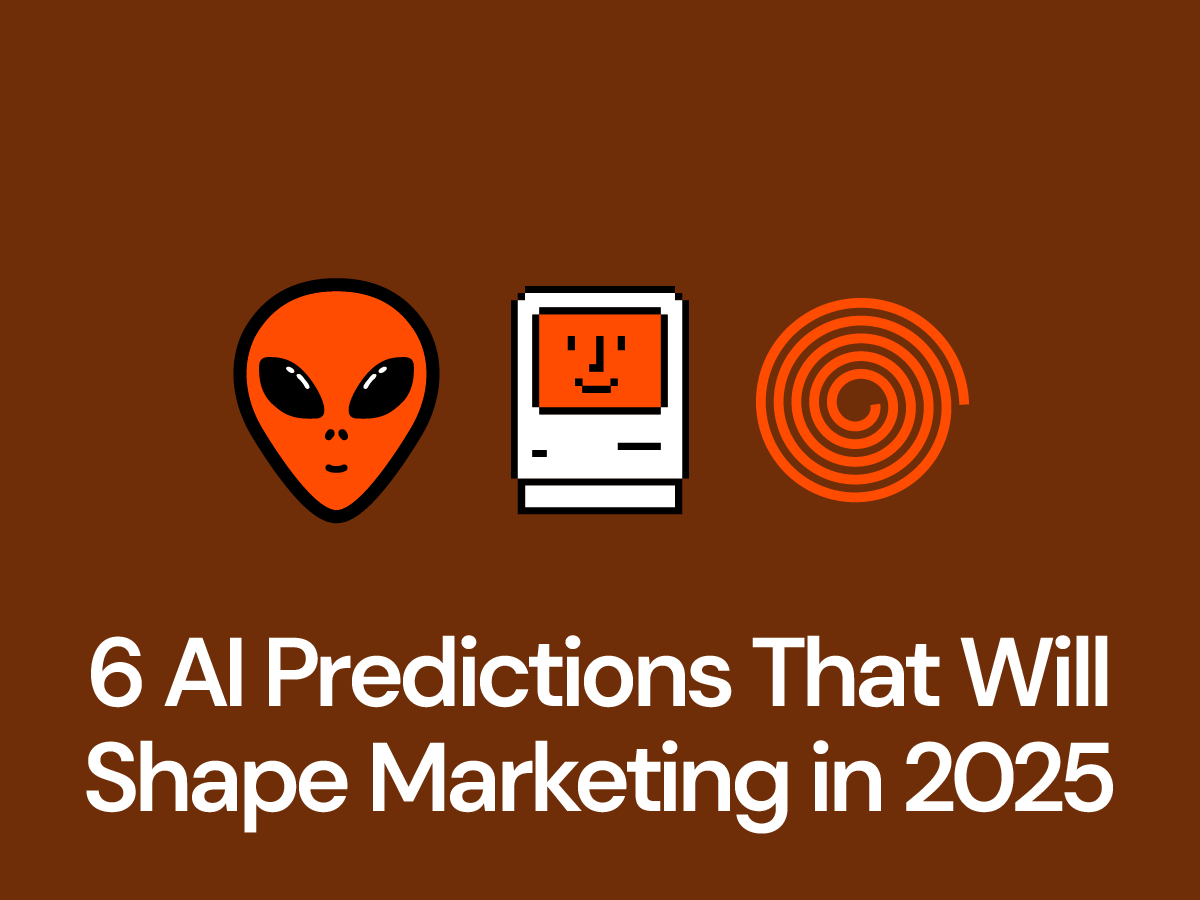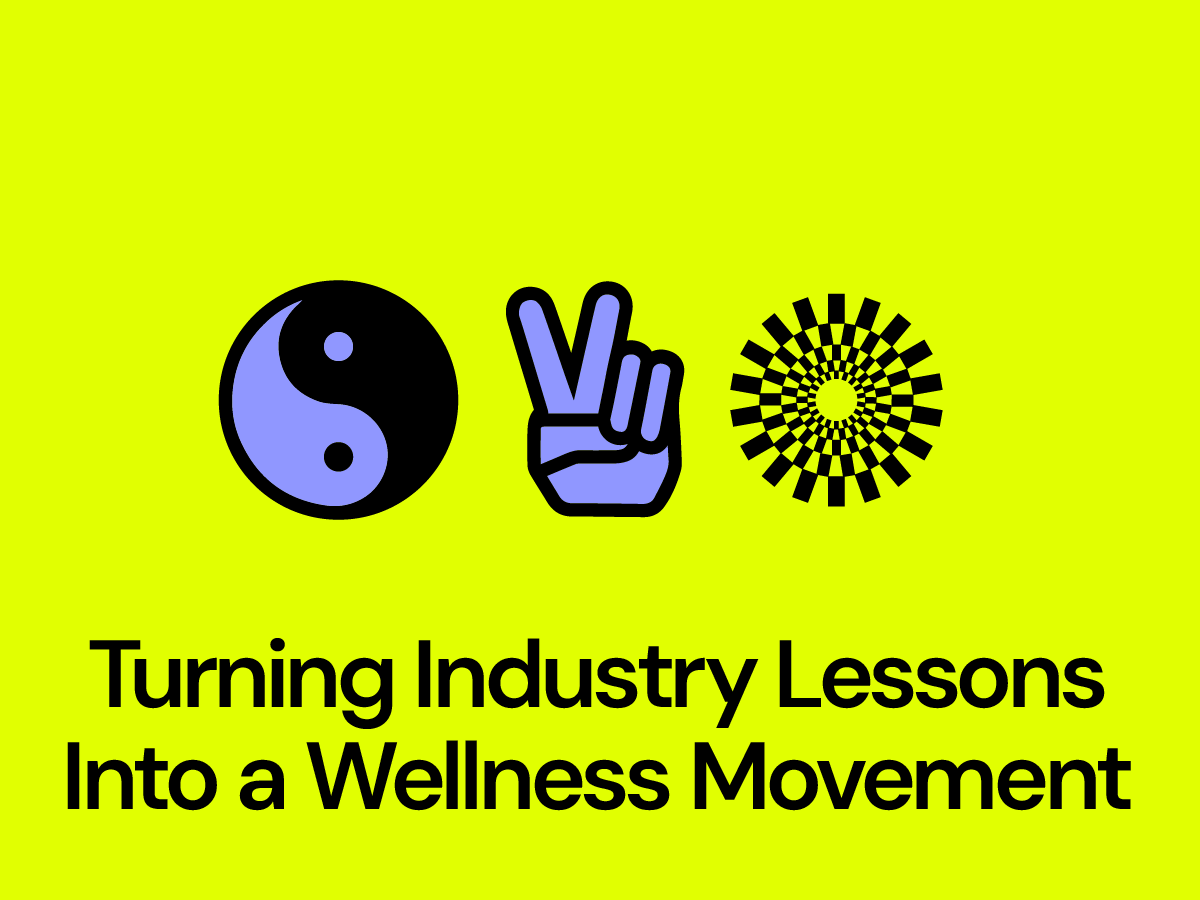Turning Love into Money
With an improvement in the overall economy, you might think that raising money for health-related charitable and non-profit organizations would be easier. But the opposite is true. As we’ve learned from our years of experience helping the Avon Foundation, Benaroya Research Institute and the National MS Society (among others), there is a new reality to raising money.
Here are three observations and opportunities we see to finding the love, standing out and achieving a different (and positive) outcome:
Observation 1:
From a marketing perspective, it’s a sea of sameness. Everyone is talking about curing their particular disease, or their latest technological advancement, and showing up in a lot of the same places. It’s hard to distinguish one organization from another, or recall who is saying what.
Opportunities:
- Connect on an emotional level— Donors give money to organizations to fulfill their personal mission, not just an organization’s mission. It’s about emotional connections— fundraising helps people express their values, engage with their interests, and achieve their aspirations.
- Create opportunities for engagement– Donors expect to be actively engaged with an organization to which their donating, and appreciate the opportunity to share their opinions or advice. Both Millennial and Gen X donors consider giving money just a small piece of supporting a cause. As part of this increased participation, they want to spread the word, fundraise for the cause, and volunteer.
- Be just as unique in where you show up— Consumers are bombarded with thousands of advertising messages per day resulting in huge amounts of clutter and noise. In order to breakthrough and capture their attention, it’s imperative to engage with them in unexpected places where they are already in the mindset to consider you and your message.
Observation 2:
Everyone is going after the same donor. Most philanthropic fundraising continues to be targeted at the same group of affluent, mature donors. This segment tends to be inundated with organizations vying for their donor dollars. And it’s a shrinking segment of the population, with Millennial growth on the rise, particularly in major metropolitan areas.
Opportunities:
- Engage a younger generation of potential donors— Millennials (20 – 36 year olds) are the most philanthropically-minded generation of all time. A recent report showed that 75% of 20-to-35-year-olds had donated to a philanthropy in the past year, and another 70% were more than willing to ask their friends and relatives to do the same.
- Create lower entry points for donations— Remove the barrier of deliberation over large donations by giving donors a lower entry point, asking for smaller increments of donations. During Obama’s 2008 Presidential campaign, 40% of the $28 million raised from private donors was in increments of $25 or less. Our recent work for the Avon Foundation’s breast cancer walk encouraged walkers to raise $39 from 39 friends as a way to reach their fundraising goal. This strategy also allows for a larger pool of registered donors to assess/cultivate.
- Make it easy to give— eliminating the barriers to donating by providing a variety of touch points to gather donations is not just critical – its expected. When a major earthquake struck Haiti in 2010, The Red Cross enacted a text-to-donate campaign that drew wild support. Relief agencies collected $43 million in donations via text after Haiti quake — sent $10 at a time.
Observation 3:
Donors are looking for a return on their “investments.” There is an ever increasing multitude of options where people can give their money and time, so many are looking to the organizations to differentiate themselves by giving a compelling reason to give to them specifically.
Opportunities:
- Provide tangible symbols of giving— consumers have a desire to show their involvement with an organization to others with a “badge” of sorts. Starbucks capitalized on this by providing bracelets for each donation to their Create Jobs for America Fund.
- Sharable experiences are social currency— With social media status updates becoming a part of daily life, consumers have put increasing value on accumulating unique experiences over material goods. And they like sharing these unique experiences with friends because they see it as a positive reflection on themselves— the ALS Ice Bucket Challenge is an obvious example of this dynamic.
- Demonstrate impact— Donors want the feeling of satisfaction that comes with knowing their donations are making a difference and improving lives. Provide donors with information on the impact their donations are having. Better yet, provide photos or other easily shareable content on donation impact, if shared this can help connect with new potential donors. Once again, in our work for Avon, we broke down the impact that small donations would have on breast cancer research and patient care.
At the end of the day, donors and non-profit organizations want the same thing— deeper, more authentic connections. And that starts with shared values— an understanding of your organization’s core values and beliefs, and how those can resonate in a meaningful way with your audience, their values and what brings meaning to their lives. These shared values are the basis for deeper connections, and longer lasting relationships. Something we can all use a little more of these days.



